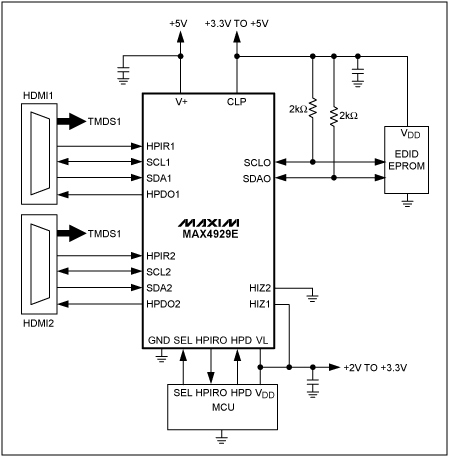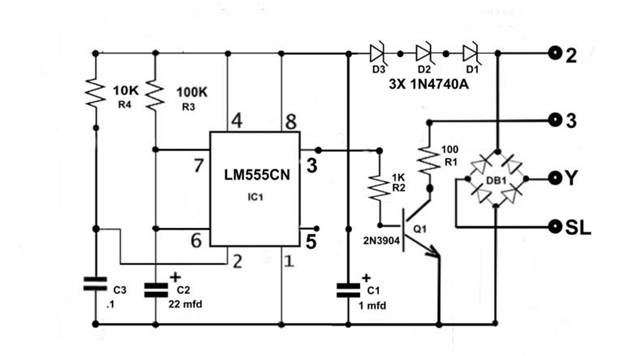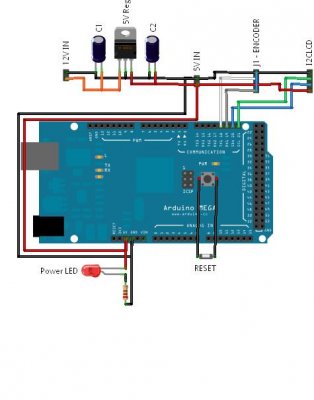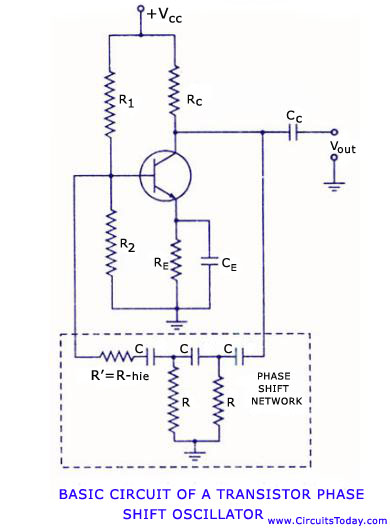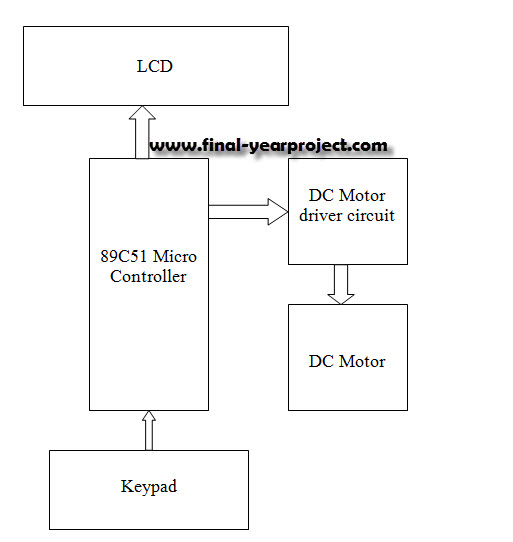
Cell Phone Charger Using 1.5V Battery
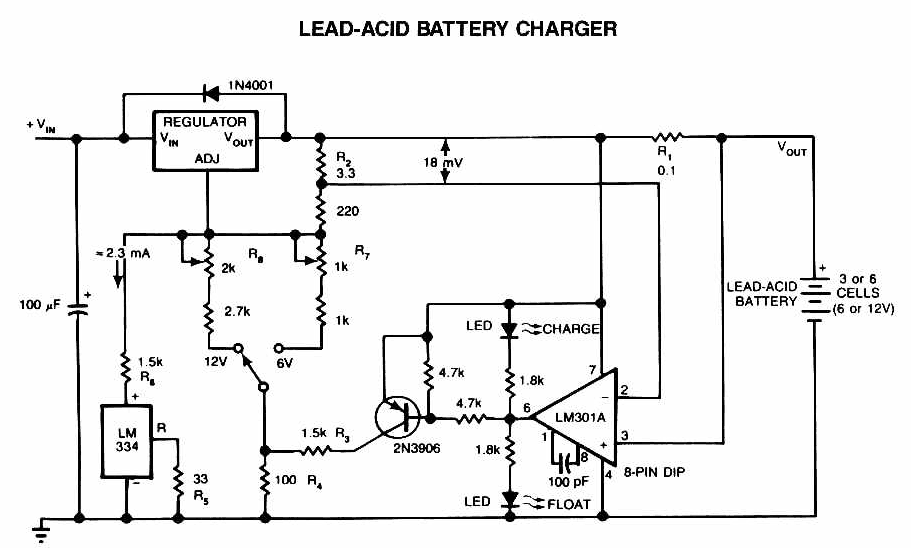
Utilize this cell phone charger circuit along with a 1.5V battery when there is no main power available and charging your phone is necessary.
This cell phone charger circuit is designed to provide a reliable charging solution using a 1.5V battery as the power source. The circuit typically consists of several key components, including a voltage regulator, a charging controller, and a connection interface for the phone.
The core of the circuit is the voltage regulator, which steps up the voltage from the 1.5V battery to the required charging voltage for the phone, usually around 5V. Commonly used voltage regulators for this purpose include the LM7805 or a boost converter circuit that can efficiently increase the voltage while maintaining a stable output.
A charging controller is essential to manage the charging process, ensuring that the phone battery is charged safely and efficiently. This component monitors the voltage and current flowing into the phone, preventing overcharging, which can damage the phone's battery. The TP4056 is a popular choice for lithium-ion battery charging applications, providing integrated protection features.
The connection interface typically includes a USB output, allowing standard USB cables to be used for charging various phone models. Proper connectors and wiring should be employed to ensure a secure and reliable connection between the charger circuit and the phone.
In addition to the primary components, it is advisable to include capacitors for smoothing the output voltage and filtering any noise that may affect charging performance. A diode may also be included to prevent reverse current flow, protecting the battery and the circuit from potential damage.
Overall, this cell phone charger circuit provides an effective solution for charging mobile devices in situations where conventional mains power is unavailable, making it a valuable tool for emergency situations or outdoor activities.Use this cell phone charger circuit and a 1.5V battery when you do not have main power and need to charge your phone 🔗 External reference
This cell phone charger circuit is designed to provide a reliable charging solution using a 1.5V battery as the power source. The circuit typically consists of several key components, including a voltage regulator, a charging controller, and a connection interface for the phone.
The core of the circuit is the voltage regulator, which steps up the voltage from the 1.5V battery to the required charging voltage for the phone, usually around 5V. Commonly used voltage regulators for this purpose include the LM7805 or a boost converter circuit that can efficiently increase the voltage while maintaining a stable output.
A charging controller is essential to manage the charging process, ensuring that the phone battery is charged safely and efficiently. This component monitors the voltage and current flowing into the phone, preventing overcharging, which can damage the phone's battery. The TP4056 is a popular choice for lithium-ion battery charging applications, providing integrated protection features.
The connection interface typically includes a USB output, allowing standard USB cables to be used for charging various phone models. Proper connectors and wiring should be employed to ensure a secure and reliable connection between the charger circuit and the phone.
In addition to the primary components, it is advisable to include capacitors for smoothing the output voltage and filtering any noise that may affect charging performance. A diode may also be included to prevent reverse current flow, protecting the battery and the circuit from potential damage.
Overall, this cell phone charger circuit provides an effective solution for charging mobile devices in situations where conventional mains power is unavailable, making it a valuable tool for emergency situations or outdoor activities.Use this cell phone charger circuit and a 1.5V battery when you do not have main power and need to charge your phone 🔗 External reference
